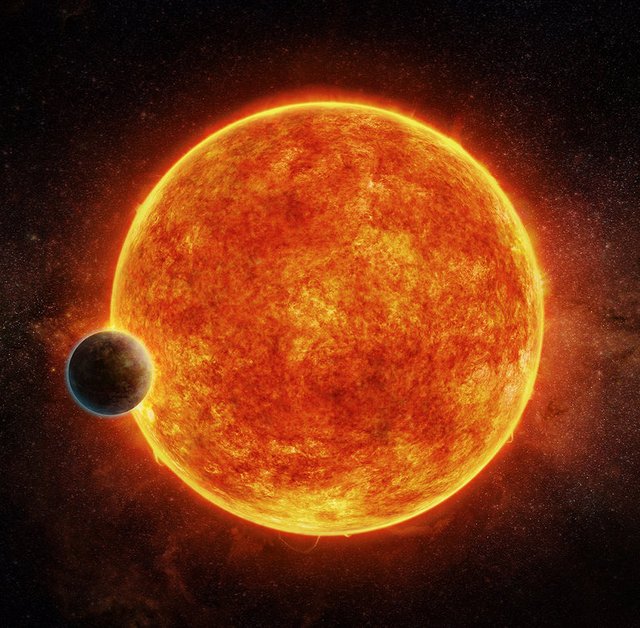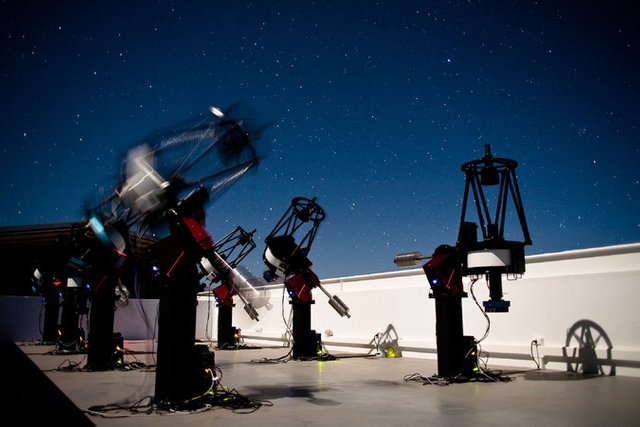A New Exoplanet May Be Most Promising Yet in Search for Life

From New York Times
A prime planet listing has just appeared on the cosmic real estate market, possibly the most promising place yet to search for signs of life beyond the solar system, the astronomers who discovered it say.https://www.nytimes.com/2017/04/19/science/exoplanet-signs-of-life.html?_r=0It is a rocky orb about one and a half times the size of Earth, about 40 light years from here. It circles a dwarf star known as LHS 1140 every 25 days, an orbit that puts it in the “Goldilocks” zone where temperatures are conducive to liquid water and perhaps life as we know it.
It is close enough that astronomers are hopeful that with the next generation of big telescopes, they will be able to probe its atmosphere for signs of water or other evidence of suitability for life.
“This planet is really close to us: If we shrank the Milky Way to the size of the United States, LHS 1140 and the sun would fit inside Central Park,” David Charbonneau, of the Harvard-Smithsonian Center for Astrophysics, said in an email.
His colleague Jason Dittmann, who led the discovery team and is lead author of a paper published on Wednesday in Nature, said in a statement,“This is the most exciting exoplanet I’ve seen in the last decade.”
The planet was discovered by the MEarth-South survey at the Cerro Tololo Inter-American Observatory in Chile, an array of small telescopes that looks for the dips in starlight when planets pass in front of nearby stars.
The depth of the dip told them how big the new planet is. Then they determined that it was about six times as massive as Earth by using a spectrograph called Harps, for High Accuracy Radial velocity Planet Searcher, at the European Southern Observatory, also in Chile, to measure how much the planet perturbed its home star. The resulting density puts the little world into a rapidly growing class called “superEarths.”
The star LHS 1140 is about one-fifth the size of our sun. In its close orbit, the planet receives about half as much energy as Earth does from its own sun, enough for a microbe or something more complicated to make a living.
This discovery continues a recent run of promising new planets circling nearby dwarf stars. Last summer there was the discovery of Proxima b, the nearest star to us, only 4.2 light years from here.
...

Follow @contentjunkie to stay up to date on more great posts like this one.

god inläg thanks
This post has been ranked within the top 50 most undervalued posts in the first half of Apr 20. We estimate that this post is undervalued by $2.41 as compared to a scenario in which every voter had an equal say.
See the full rankings and details in The Daily Tribune: Apr 20 - Part I. You can also read about some of our methodology, data analysis and technical details in our initial post.
If you are the author and would prefer not to receive these comments, simply reply "Stop" to this comment.